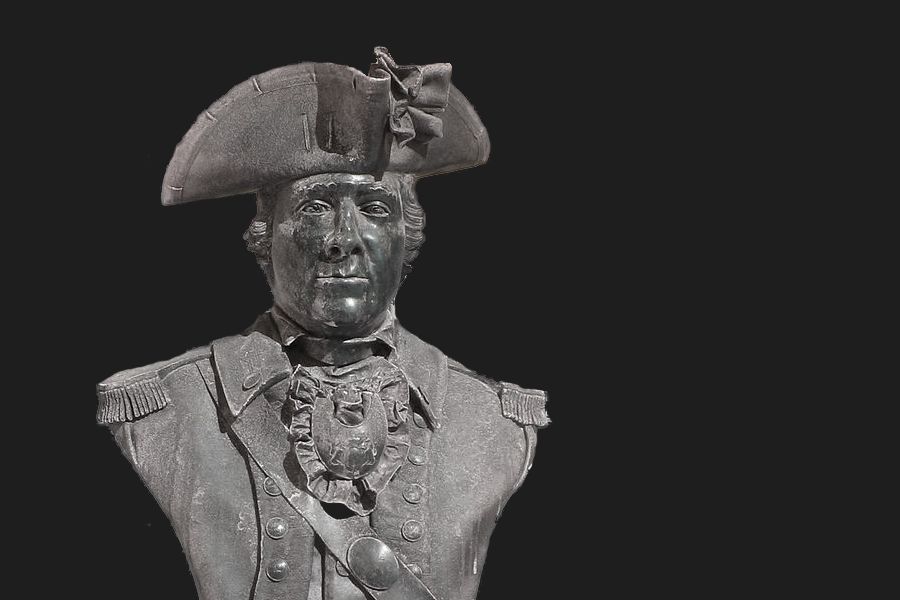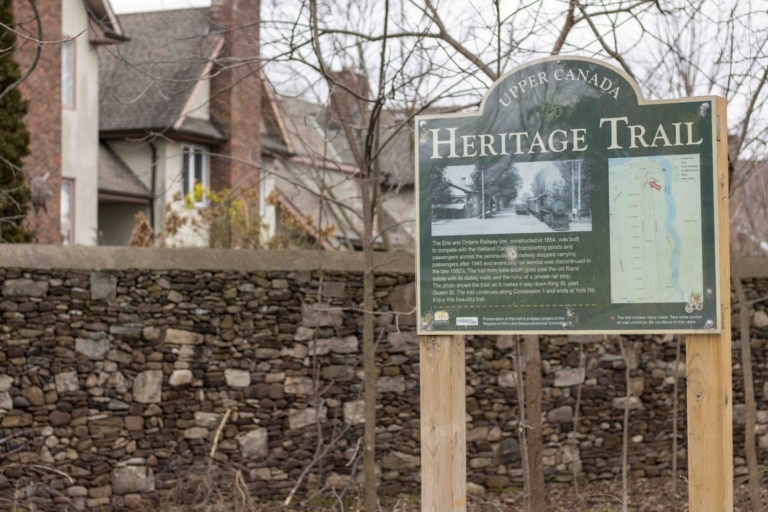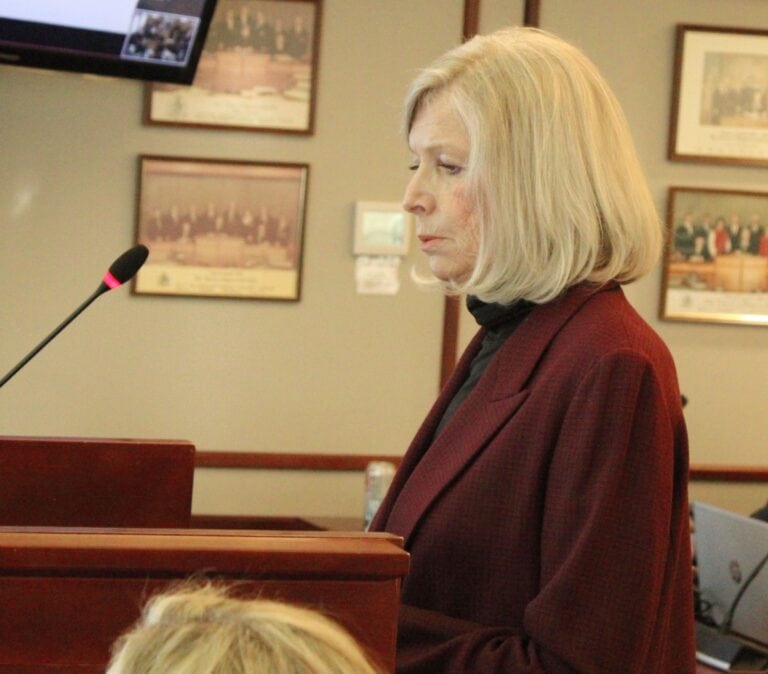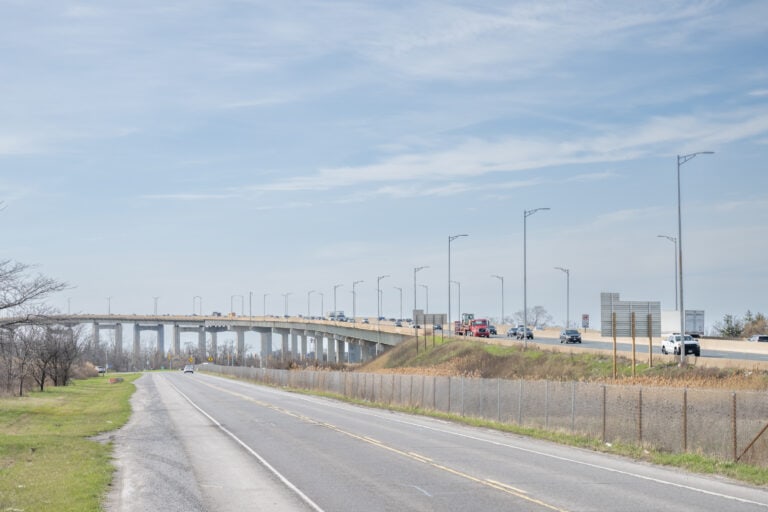THIS is 2200 words — wayyyyyy too long!
Shirley Stark
John Butler is a hero that every Canadian should know about because without him there would be no Canada. He had three priorities that he remained loyal to throughout his life: God, King and Country, and family. He founded churches, defended his country fearlessly, and cared for all families with the same compassion he showed his own.
He was born April 28, 1728 in New London, Connecticut, to Walter and Deborah Butler and his family moved to Fort Hunter in the Mohawk Valley in 1742. This homestead is still standing and was added to the National Register of Historic Places in 1976. John married Catherine (Catalyntje) Bradt in 1752 and was a doting husband to her right up to the time of her death when she became the first to be buried in Butler's Burial Ground. John Butler had designated this beautiful 1.9 acre piece of his farm to be the final resting place of his beloved wife in 1793 and requested his own burial to be next to her three years later. True to his compassion for others, it was also the first public cemetery established in this community where families could bury their loved ones.
John and Catherine had seven children but two died in infancy leaving them with four sons and a daughter. Walter, Thomas, Johnson, Andrew and Deborah were raised on the 5,000 acre farm in the house that John's father built in the Mohawk Valley. Following his father's footsteps, John became an Interpreter under Sir William Johnson's Indian department and excelled in this position that involved negotiations between Britain and the Natives regarding land settlements and trade. John was able to build his family farm into a 26,000 acre estate called Butlersbury and became one of the wealthiest land owners in New York state, second only to Sir William Johnson in power and respect. His humble nature is proven in the fact that with all this wealth and power his family home never changed while Sir William created mansions filled with luxurious furnishings.
John had joined Sir William as second in command during their successful battles against the French at Montreal and Niagara. The peaceful years that followed allowed John to be with his family, farm his land and become an active member of his community. John was appointed to be a Judge in Tryon County Court, was commissioned Lieutenant Colonel of the Tryon County Militia and was elected as one of two members representing Tryon County in the New York assembly. When Sir William died in 1774 his son-in-law, Guy Johnson, became Indian Superintendent and John was appointed Interpreter and Deputy Superintendent of the Six Nations. In 1775 the revolutionary war was becoming a real threat to the Loyalists, the people who remained committed to British law, and John was sent to Niagara under the orders to keep the Natives neutral. He had no way of knowing that he would never see his home again or that in 1776 his wife, sons Thomas, Johnson and Andrew, and daughter Deborah would be taken captive by the enemy and kept from him for 5 long years.
In 1777, John was commissioned Lieutenant Colonel and given the authority to raise his own regiment which became the famous Butler's Rangers. Working out of Fort Niagara, he was to train eight groups of fifty men each, consisting of Loyalists and Natives, for missions to defend the northern states against the revolutionary Continental Army, to destroy their food sources and to rescue the vulnerable families. Butler trained his Rangers to fight with the finesse and
integrity of the British soldier, to navigate the unforgiving terrain with the skills of the Natives, and to achieve both while enduring hunger and fatigue.
The Ranger's defense of the northern states was a huge success. John would send out scouts who could silently determine where the enemy was, how many there were and which way they were moving. This information resulted in Butler's Rangers being able to thwart the enemy's advances even when they were vastly outnumbered. This caused the Continental army to suffer several humiliating losses before the “Wyoming Massacre” which took place July 1, 1778 and resulted in 302 of the enemy killed with only 3 of Butler's men losing their lives.
The destruction of the enemy's food sources was accomplished by the Ranger's raids on the Mohawk Valley. This was a horrible situation because some of them were burning their own crops or those of their neighbours and friends. The families that weren't taken captive by the enemy were left vulnerable to their abuses but Butler's compassion for all families is well documented in letters written by those approached by his Rangers during their raids. They tell of the Rangers coming to their doors and, regardless of whether they were families of Rebels or Loyalists, the Rangers would leave them with shelter, cows and crops enough to feed their families before destroying the vast crops that would have been used to feed the Continental army. Families forced to flee their homes would make the deadly trek to Fort Niagara where John Butler was so determined to help them that he would send his scouts out looking for
them. It's been documented that on one occasion, upon hearing of a party of 5 women and 31 children heading for Niagara, scouts were sent out to find them and, when they were found, only one of them had shoes.
John Butler had achieved heroic status in all his endeavours but, unfortunately, his accomplishments would lead to extreme hardships for him, his family and thousands of innocents. The frustration of the Continental army's failure to beat the Rangers resulted in false accusations made against both John and his son Walter that were powerful enough to cause the total destruction of Native villages, determine our current borders and become taken for fact in American history that is still being taught to this day. John was falsely accused of killing women and children during the “Wyoming Massacre” even though all of the 302 that were killed were accounted for and were all arms bearing soldiers of the Continental army. Four months later, Walter was falsely accused of killing women and children at the “Cherry Valley Massacre” where 31 people were killed, 7 being innocents. Walter actually stopped the total annihilation of Cherry Valley by the Natives who had just come from their village of Unadilla which had been completely destroyed and they were justifiably seeking revenge. Walter Butler, with the assistance of Joseph Brant, was able to stop the Natives and took the innocents as prisoners back to Fort Niagara where they admit they were treated with the utmost care and respect. Walter was able to negotiate the release of his mother and siblings in exchange for these prisoners and, although this exchange was agreed to, his family was still in captivity when Walter was killed three years later. In 1779 the enemy officially took John's property, put a bounty on his head and the command of the total destruction of Native villages by General John Sullivan was
initiated. Those fortunate enough to escape with their lives headed for Fort Niagara to seek shelter. The fort was already providing rations to over 1,300 people when 5,000 more showed up as the result of Sullivan's expedition.
When the Revolution finally came to a close, John Butler and his Rangers had successfully held on to the northern states, including New York, Ohio, Pennsylvania and Michigan, but were forced to give them up when Benjamin Franklin brought the propaganda against them to the bargaining table. Britain could not support the slaughter of women and children and this was reflected in the signing of the treaties. The Loyalists were told they could return to their homes or be compensated for their losses. However, the few that attempted to go back to their homes were treated as traitors and suffered unbearable hardships and no compensation was ever
paid. This left John Butler with over 7,000 people stranded in Fort Niagara needing shelter, clothing and food. As the Deputy Superintendent for the Indian Department he played a large part in the purchase of much of Southwestern Ontario and he sent the original sixteen settlers to the west side of the Niagara river to start chopping trees to establish new homes and crops for their families. Initially called “Butlersburg”, it ended up becoming the first capital of Upper Canada and is today known as Niagara-on-the-Lake.
While he was able to help so many families he was helpless to stop his own from suffering terrible hardships. His oldest son Walter had been a respected lawyer in Albany when the Revolutionary war began. He became a brave warrior for the Rangers but was taken prisoner and sentenced to death even though he had broken no laws. His former colleagues protested his sentence so fiercely that he was allowed to live but would suffer in the notorious Albany jail and was close to death before he was able to escape. When he was finally killed by the enemy in 1781, there was great rejoicing because they falsely believed they had killed the man responsible for slaughtering women and children. This must have been devastating to both John and Mrs. Butler, who learned of her 28 year old son's death while still in captivity. They knew their son had protected families both as a lawyer and a warrior. John pleaded and offered large sums of money for the return of Walter's body but was met with refusal and ridicule that is still carried on to this day.
John was finally reunited with his family after Walter's death and he built a homestead and farm for them in the new settlement he had founded. Although he was never compensated for the 26,000 acre estate the rebels took from him, he was eventually awarded 500 acres of
land. Once developed, the Crown determined he had chosen their land to settle on and he was forced to fight them for it, dying 6 years before it was officially designated to be his
property. He also had to face controversy initiated by the Johnson/Claus dynasty who created propaganda against him that he had to prove to be unfounded claims. This questioning of his ethics hurt him deeply but, in spite of these problems, he soon became an active member of his new community and was appointed Justice of the Court of Common Pleas, became a member of the District of Nassau Land Board, was commissioned Lieutenant Colonel of the Nassau Militia, and was instrumental in the establishment of St. Mark's Anglican Church, St. Andrew's Presbyterian Church and the Masonic Order in Ontario.
John Butler's health suffered from various ailments over the years but he never refused to be at negotiations when his presence was requested. Ill and broken hearted, he even traveled to a meeting in the United States just two months after burying his wife because he was the only representative the Natives trusted. His beloved Union Jack was still proudly waving over the Fort Niagara that he had defended so fearlessly when he died from natural causes in his home in May of 1796. It was taken down two months later when, after thirteen years, the British finally
gave up all hope of receiving the compensation from the Americans that had been awarded to them in exchange for the northern states.
At the time of his death his sons Thomas, Johnson and Andrew, and daughter Deborah were still alive, had married and were all parents. Andrew died in February, 1805, just nine months after his wife died during childbirth. During the War of 1812, Thomas and Johnson fought valiantly at the triumphant battle of Queenston Heights in October, 1812, but both would succumb to disease just two months later. The Americans were able to take over the town in May, 1813, at which time only widows and children would have been residing in the Butler homes. Thomas’s house and the homestead John built were used as outposts for the American troops and both were burnt to the ground before their departure in December. In 1996 there was an archeological dig that unearthed the remains of the Butler homestead, including the burnt walls, and a memorial park was created to commemorate this historical site.
John Butler was recognized as a Canadian National war hero in 2006. His intelligence, bravery and loyalty had already been proven before he was called upon to form his band of Rangers and, once they were trained, they became the most powerful threat to their enemy. If John Butler and his Rangers had lost the northern states in battle, the Loyalists and Natives would all have been treated as traitors and there would have been no Loyalist settlements on the west side of the Niagara river which means…NO Canada!!! His achievements as a warrior made his designation as a war hero unquestionable but his enduring faith and compassion for others also made him a hero to Loyalists, Natives, slaves, families and all who knew him. From the mighty British Empire to families who had lost everything, when you needed help, you headed for John Butler…our Canadian hero.










